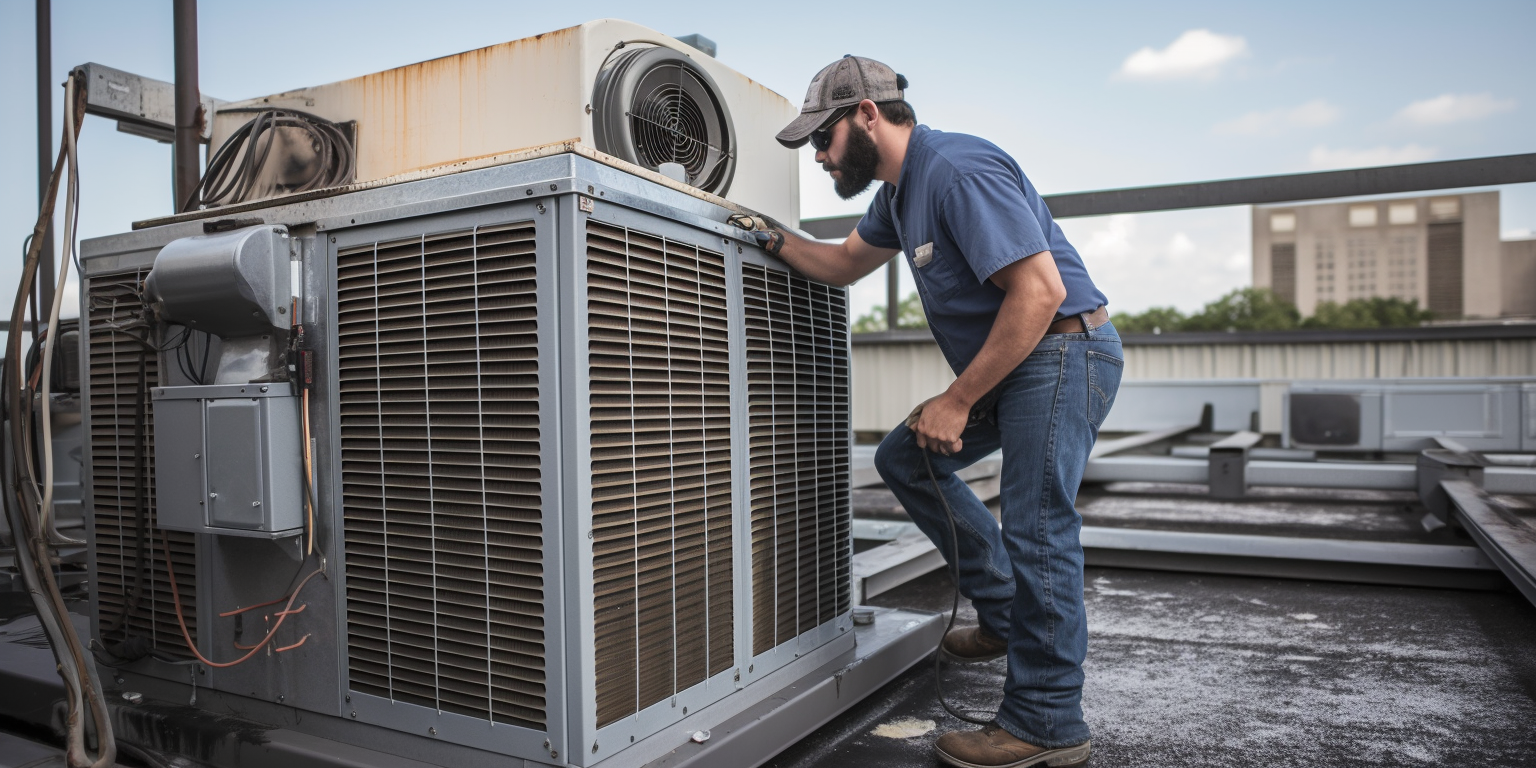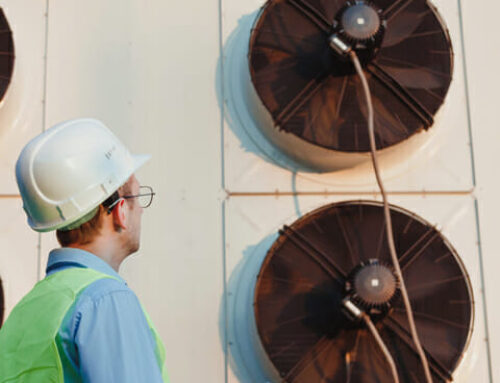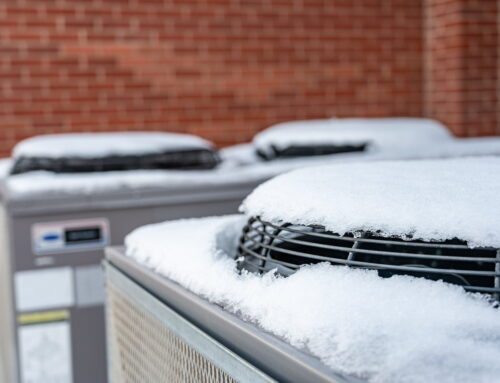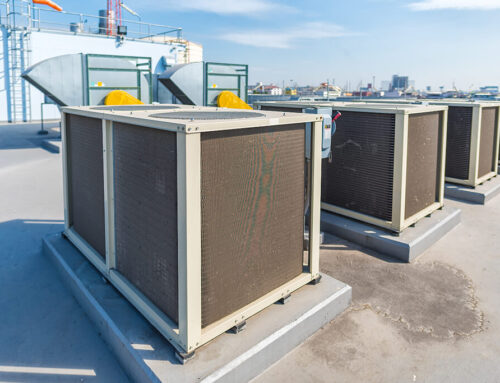Did you know that regular maintenance, including cleaning condenser coils and evaporator coils, can reduce commercial refrigeration and freezer breakdowns by up to 90%? Ensuring your system runs smoothly with preventative maintenance and a regular maintenance schedule isn’t just about avoiding spoiled goods; it’s key to energy efficiency, longevity, and thorough cleaning according to a maintenance checklist. Dive into the world of proactive care and preventative maintenance for your cooling units, where neglecting upkeep and not following a maintenance schedule is a recipe for disaster, especially when it comes to the condenser coil. From bustling restaurants to expansive supermarkets, we’ll guide you through maintaining peak performance in your refrigeration systems, including product freshness, condenser coil cleaning, and moisture control, without getting lost in the technical weeds.
Understanding Commercial Refrigeration Maintenance Needs
Wear Indicators
Regular inspections can reveal wear and tear on commercial refrigerators, including the condenser, and the need for cleaning of the refrigeration equipment. Look for these signs:
-
Strange noises like buzzing or clicking.
-
Frost buildup inside the unit.
-
Difficulty in maintaining consistent temperatures.
When you spot these issues, act fast. Ignoring them could lead to bigger problems. For instance, unusual sounds might mean a failing compressor. Ice accumulation could indicate a malfunctioning defrost system. Temperature fluctuations can spoil food.
Food Safety
Maintenance is crucial for food safety standards. Poorly maintained equipment risks contamination and illness.
Clean coils, gaskets, condenser, and interior surfaces of commercial refrigeration equipment regularly, following a checklist, to prevent bacteria growth. Ensure the temperature control, including the condenser coil, works well to keep food safe and is included in the maintenance checklist for warranty purposes. Schedule professional check-ups yearly at least.
Remember, health inspectors will check your refrigeration systems too!
Maintenance Frequency
Different systems need maintenance at varying rates:
-
Walk-in coolers: Check monthly for seal integrity and coil, and clean quarterly according to the checklist.
-
Display cases: Clean weekly; service annually.
-
Ice machines: Sanitize every six months; inspect water filters often.
The size of your operation may change how often you need maintenance as well:
-
Large facilities with multiple units should have a dedicated schedule.
-
Smaller operations might combine servicing dates for efficiency.
Always refer to the manufacturer’s guidelines first when planning maintenance intervals.
Essential Steps for Effective Refrigeration Maintenance
Regular Inspections
Regular inspections are a core component of refrigeration maintenance. By scheduling these checks, you can catch problems early. This helps avoid bigger issues later on.
A commercial fridge should be inspected at least every six months. During an inspection, look for signs of wear and tear. Check the motor, coils, and temperature settings.
Seal Replacements
Over time, door seals and gaskets can wear out. When they do, cold air leaks out. This makes your fridge work harder to keep things cool.
Replace old seals with new ones to maintain the right temperature. It’s a simple fix but it has a big impact on performance.
Calibration Checks
Thermostats and pressure controls need to be accurate for your fridge to work well. If they’re off even by a little bit, it can cause problems.
Make sure these components are calibrated properly on a regular basis:
-
Thermostat readings should match actual temperatures inside.
-
Pressure controls must respond correctly under different conditions.
Preventive Measures to Avoid Refrigeration Breakdowns
Routine Cleaning
Regular cleaning is crucial for refrigeration units. Dirt and debris can block airflow, making the system work harder. This leads to higher energy costs and potential breakdowns.
Coils are key parts of your fridge or freezer. They should stay clean to work well. Fans also need attention; they circulate air, keeping food at the right temperature.
Cleaning should happen often. A set schedule helps avoid missed sessions.
Electrical Checks
Loose connections cause problems in refrigeration systems. Regular checks are important to keep things running smoothly.
Technicians should look at wiring and tighten connections as needed. This prevents power issues that could shut down a unit unexpectedly.
A simple check now can save you from big trouble later on.
Refrigerant Monitoring
Keeping an eye on refrigerant levels is vital for a healthy compressor. Low levels mean the compressor works too hard, which can lead to damage over time.
Ice machines, fryers, and other kitchen appliances also rely on proper refrigerant amounts. Monitoring ensures everything runs as it should without unplanned downtime due to compressor failure.
Maximizing Energy Efficiency in Refrigeration Maintenance
Insulate Lines
Proper insulation of refrigeration lines is vital. It keeps the cool air in and the warm air out. This simple step can reduce energy loss significantly.
Insulating your system’s pipes prevents heat gain. Heat gain makes the compressor work harder, increasing energy costs. A well-insulated line maintains temperature without extra effort from your equipment.
Optimize Defrost
Defrost settings are crucial for efficiency. They remove ice build-up from evaporator coils. Ice acts as an insulator, which makes a fridge work more to cool down.
Adjusting defrost frequency saves power. Too much defrosting wastes electricity; too little causes ice problems. Find a balance to optimize electrical consumption and maintain performance.
Upgrade Lighting
LED lighting inside commercial fridges is beneficial for several reasons:
-
LEDs emit less heat than traditional bulbs.
-
Less heat means lower strain on cooling systems.
-
LED lights use less power, cutting down on bills.
Switching to LED lighting not only reduces electrical consumption, but also improves visibility within units without raising temperatures like older bulbs do.
Cleaning Techniques for Refrigeration System Components
Coil Maintenance
Regular cleaning of condenser coils is vital. Dirt and debris can block airflow, straining the system. Use a commercial-grade cleaner designed for refrigeration coils. Spray it on and rinse off as directed to remove grease, sludge, and grime.
Cleaning the evaporator coil is also essential. It absorbs heat from inside the unit, so keeping it clean ensures efficiency.
Drain Care
Keep drain lines clear to prevent water buildup and potential mold growth. Regularly flushing these lines with water or an appropriate cleaning solution helps maintain flow.
Clean drain pans too, where water collects before exiting through the drains. Removing standing water reduces odors and bacteria spread.
Surface Sanitization
Sanitize interior surfaces regularly to meet health standards. A simple mixture of mild detergent and warm water works well for general cleaning.
For deeper sanitization, use a food-safe disinfectant spray on shelves, walls, and floors within your refrigeration unit.
Routine Checks for Airflow and Component Integrity
Fan Operation
Regular checks on fan operation are crucial. A fan that does not work correctly can lead to poor airflow. This causes the unit to overwork. Look for signs like strange noises or weak air output. If you find these, replace the fan.
Next, inspect around pipes and coils for damaged insulation. Cracks or wear in insulation let out cool air and strain the system.
Door Seals
Examine door closures often. Make sure they seal tightly when shut. Loose seals allow warm air inside, disrupting temperature control.
Check gaskets on doors too. They must be intact to keep the cold in and heat out.
Coils and Filters
Clean coils are vital for maintaining temperatures within units. Remove any buildup of dust or debris from coil surfaces regularly. This helps prevent component failure due to overheating.
Filters also need attention as part of routine maintenance. A dirty filter restricts airflow drastically. Change filters according to manufacturer guidelines—or sooner if needed.
To sum up, a comprehensive checklist helps manage refrigeration efficiency:
-
Verify fans operate properly; replace if necessary.
-
Inspect pipe and coil insulation; repair damages promptly.
-
Ensure door gaskets create an airtight seal; replace worn gaskets immediately.
-
Clean coils frequently; remove dust or debris buildup that impedes function.
-
Check filters routinely; change them before they become clogged with dirt.
Professional Tips for Refrigeration Equipment Longevity
Loading Techniques
Proper loading is key to refrigeration efficiency. Overloading blocks airflow, causing the unit to work harder. This leads to wear and tear. To avoid this:
-
Keep space between items.
-
Do not block vents inside the fridge.
Air must circulate freely. This keeps food at safe temperatures and reduces strain on the equipment.
OEM Parts
When repairs are needed, use OEM parts. These are made by the original equipment manufacturer. They fit better and last longer than generic alternatives.
Using OEM parts helps ensure your refrigeration equipment runs smoothly. It also preserves its longevity.
Maintenance Records
Keeping a record of maintenance is crucial. Document each service session and replacement part used in your refrigeration equipment’s history.
This practice helps:
-
Identify patterns in wear or failure.
-
Plan future maintenance effectively.
-
Provide valuable information if you sell your unit.
Navigating Warranty and Professional Maintenance Services
Warranty Terms
Regular maintenance is key to keeping your refrigeration equipment running smoothly. But, understanding your warranty terms is just as crucial. Always read the manual carefully. It tells you what actions might void the warranty. For instance, using non-certified technicians could lead to a denied claim.
-
Check for coverage on parts like door gaskets, which wear out with time.
-
Note down any specific requirements set by the manufacturer.
Avoiding damage that warranties don’t cover saves headaches later.
Service Contracts
Evaluating service contracts against on-demand maintenance helps manage costs better. A contract usually offers:
-
Regularly scheduled inspections.
-
Preferential rates for repairs.
This can be more cost-effective than calling for help when there’s already a problem.
On-demand service means paying each time but can work well if you’re confident in your routine maintenance skills and have less complex equipment.
Certified Technicians
Using certified technicians ensures compliance with industry standards. These professionals are trained in preventative and routine maintenance tasks specific to commercial refrigeration systems.
Here’s why they’re essential:
-
They understand different manufacturers’ specifications.
-
Their work often comes with its own guarantee, adding another layer of protection for your business.
Always verify their credentials before hiring them to maintain or repair your equipment.
Final Remarks
Navigating the ins and outs of commercial refrigeration maintenance might seem daunting, but you’ve got this. By sticking to a solid routine that includes preventive measures and energy-saving tactics, your system won’t just survive; it’ll thrive. Think of maintenance as your fridge’s personal trainer—keeping it in top shape means fewer breakdowns and more cash in your pocket.
Let’s cut to the chase: Your business depends on the chill factor. So don’t let a little frost build-up lead to a full-on meltdown. Grab that maintenance checklist and show your refrigeration system some love. And if you hit a snag, remember that pros are just a call away. Ready for an efficiency boost? Take action now and keep your cool—all year round.






